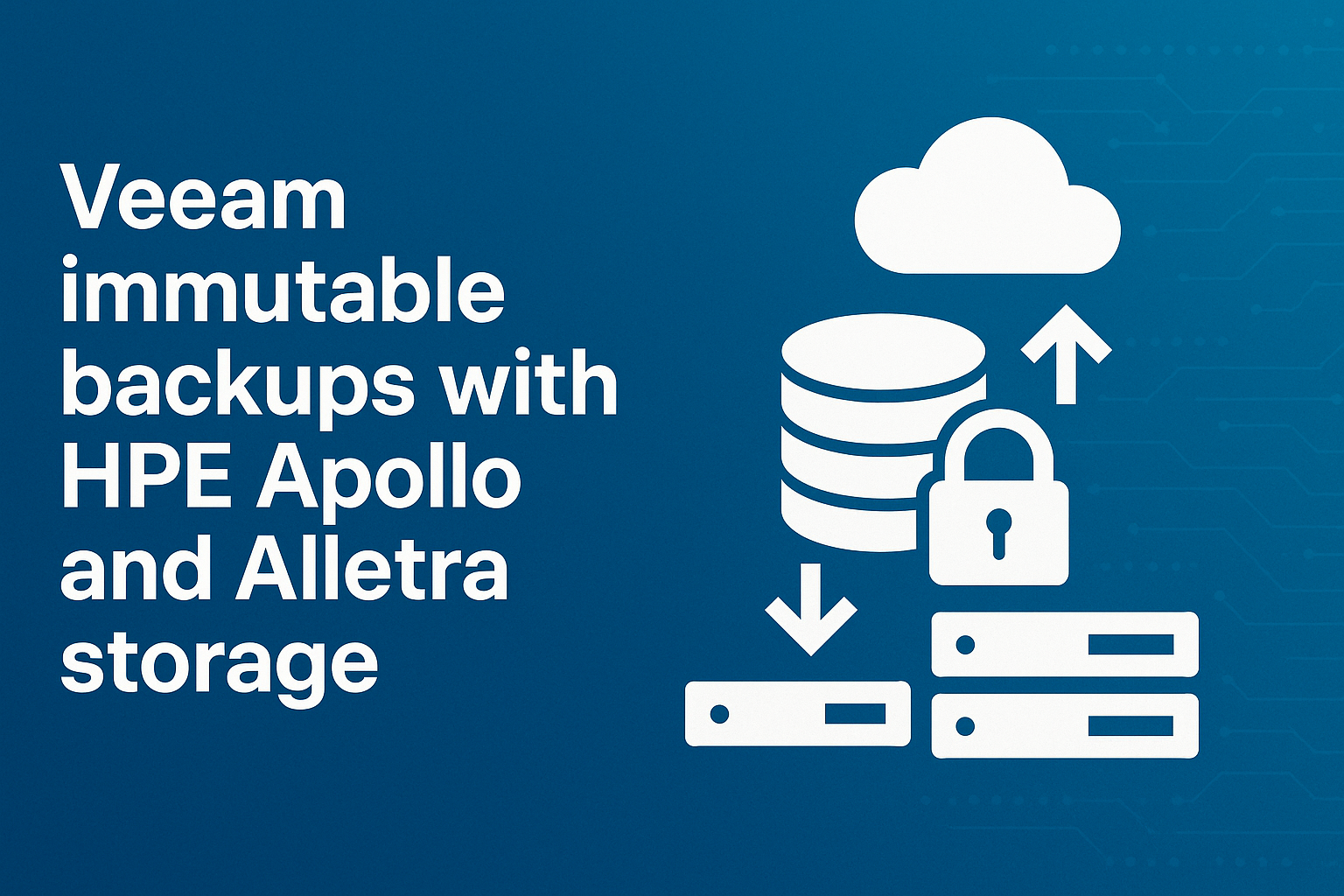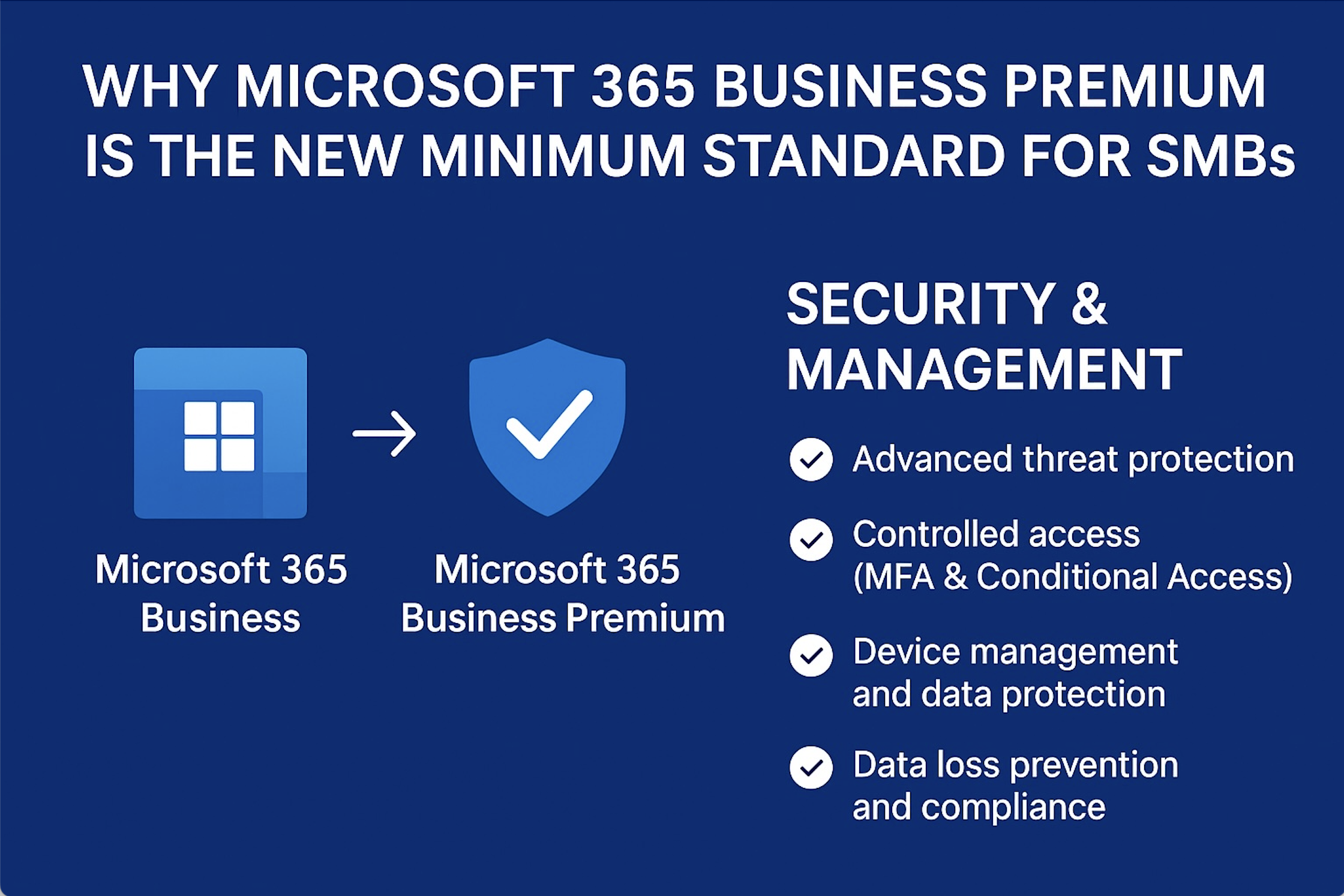Knowledge & News
The True Cost of IT Downtime – More Than Just an Inconvenience
Introduction
For many businesses, IT downtime is seen as an occasional inconvenience. However, the reality is that downtime can have far-reaching financial, operational, and reputational consequences. Whether it’s due to hardware failure, cyberattacks, or software issues, the cost of IT disruptions extends beyond lost productivity—impacting revenue, customer trust, and even regulatory compliance.
In this article, we’ll break down the hidden costs of IT downtime and explore how a proactive Managed IT Service Provider (MSP) can help businesses prevent costly disruptions.
The Financial Impact of Downtime
A study by Gartner estimates that the average cost of IT downtime is £4,500 per minute, which equates to over £244,000 per hour for many businesses. But these costs vary depending on company size and industry but is often underestimated.
The key financial losses include:
• Lost Revenue – When systems go down, sales transactions halt, manufacturing stops, and service delivery pauses.
• Productivity Loss – Employees are unable to perform their tasks, leading to wasted work hours.
• Emergency IT Fixes – If businesses don’t have proactive IT management, they often pay premium rates for emergency fixes.
• Regulatory Fines – Industries such as finance and healthcare face penalties if downtime leads to data loss or non-compliance.
Operational Consequences of IT Downtime
Downtime affects more than just the bottom line. It creates significant operational disruptions, including:
• Supply Chain Interruptions – Manufacturers may be unable to process orders, leading to material shortages.
• Customer Service Failures – Customers expect fast responses; if your systems are down, so is your ability to serve them.
• Data Corruption – A system failure can lead to lost or corrupted files, affecting critical business operations.
How an MSP Prevents IT Downtime
A proactive MSP helps businesses prevent, minimise, and quickly recover from IT failures by:
• 24/7 System Monitoring – Identifying and fixing issues before they escalate.
• Predictive Maintenance – Replacing failing hardware before it causes downtime.
• Cybersecurity Measures – Protecting against ransomware and other cyber threats.
• Disaster Recovery Planning – Ensuring fast recovery in case of major disruptions.
Conclusion
IT downtime isn’t just an inconvenience—it’s a major business risk. Partnering with an MSP ensures business continuity, lower risk, and cost savings in the long run. Instead of waiting for IT issues to disrupt your business, take a proactive approach with Managed IT Support.
-
 01.12.2025
01.12.2025
Veeam Immutable Backups with HPE Apollo & Alletra Storage | Wemtech Managed Services
-
 10.11.2025
10.11.2025
Layered Security: Microsoft Defender + Huntress for SMBs
-
 10.11.2025
10.11.2025
Why Microsoft 365 Business Premium Is the New Minimum Standard for SMBs
-
 03.03.2025
03.03.2025
How We’ve Sustained Long-Term Customer Relationships at Wemtech
Get in Touch


